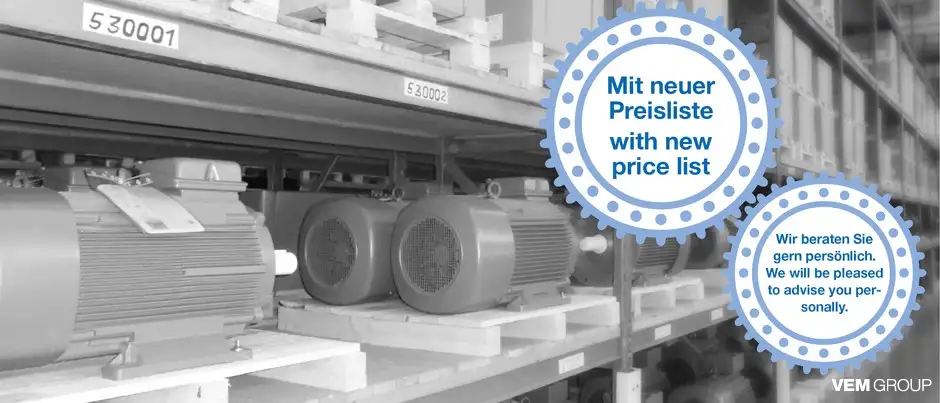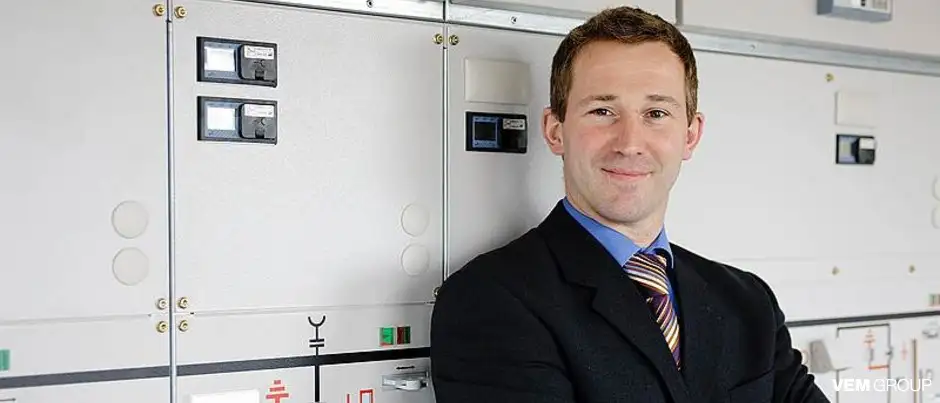Machine diagnostics
Electrical and mechanical analyzes
Knowledge of the current condition of technical systems as well as knowledge of possible failure before damage occurs increases the service life and avoids expensive downtime and repair times. We can support you with the following analysis options:
Electrical analyses:
- Winding and insulation resistances, polarization index
- Shock impulse measurement
- TE measurement
- Network analysis
Mechanical analyses:
- Rolling bearing diagnosis
- Frequency analysis
- Natural frequency determination
- Modal analysis
- Noise analysis
- Raise and deceleration diagrams
VEM creates and evaluates vibration analyzes that include not only the motors and generators but also your system-specific environment.
Performance overview
Rolling bearing diagnosis
Rolling bearing damage is the most common cause of unwanted machine downtimes. Frequency analyzes using FFT or envelope curve methods are used to evaluate rolling bearing conditions. In order to be able to identify transport damage, for example, we create a “fingerprint” on site during commissioning and compare it with values before delivery.
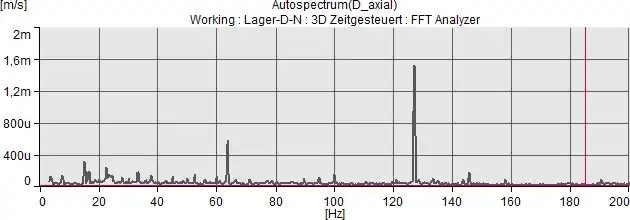
Frequency analysis
Frequency analyzes refer to electrical, mechanical or acoustic variables. In general, frequency analysis provides insight into the composition of disturbance variables and thus an assignment to their causes. We offer frequency analyzes (FFT and CPB) in stationary operation as well as in non-stationary processes (e.g. in rolling mill drives with converter supply).
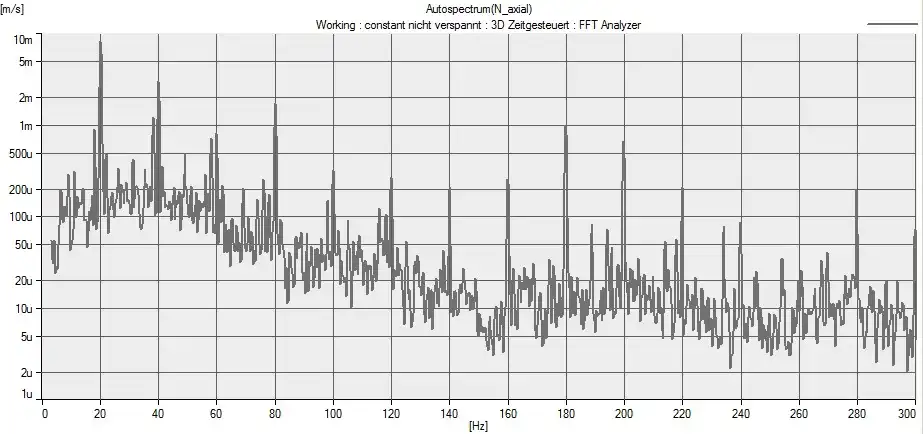
Natural frequency determination
Excessive vibrations often lead to system damage. They are usually caused by the collision of excitation frequencies and natural frequencies (resonance). Using simple impact tests in which the decay process is interpreted, we experimentally determine the natural frequencies of components and machines.
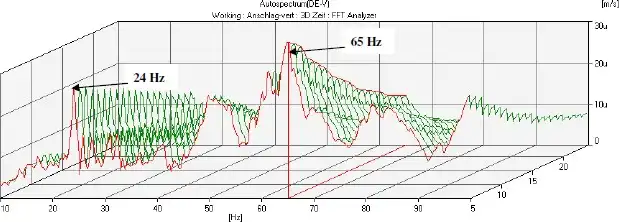
Modal analysis
Additional information about the natural frequency behavior can be determined using the modal analysis method. In addition to natural frequencies, natural vibration shapes and damping parameters can be determined experimentally. We store the experimental modal parameters numerically in order to calculate targeted countermeasures. If necessary, we recommend necessary changes to your system.
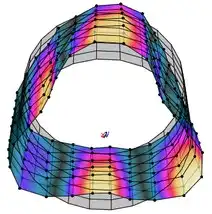
Noise analysis
Noises and their composition play an important role in machine diagnosis. For example, sounds caused by a converter can be clearly distinguished from sounds caused by rolling bearing damage (e.g. when current passes through). In addition to qualitative analysis, we also offer quantitative analyzes to determine sound power or tonality (for example in wind power generators).
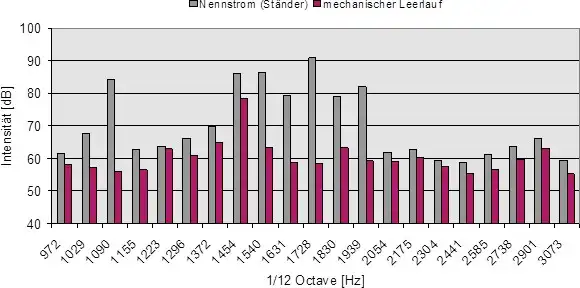
Raise and deceleration diagrams
Raise and deceleration diagrams are the main tool for diagnosing vibration conditions. They simultaneously represent excitation orders and natural frequencies in a meaningful diagram (Campbell diagram). This tool enables the determination of excitations (e.g. due to unbalance, misalignment, tooth mesh or coupling bolts) and natural frequencies (e.g. rotor bending natural frequency or foundation natural frequencies) and their coincidence Resonances. Measuring variables used include: vibration paths, vibration speeds, vibration accelerations or also sound pressures and electrical variables.
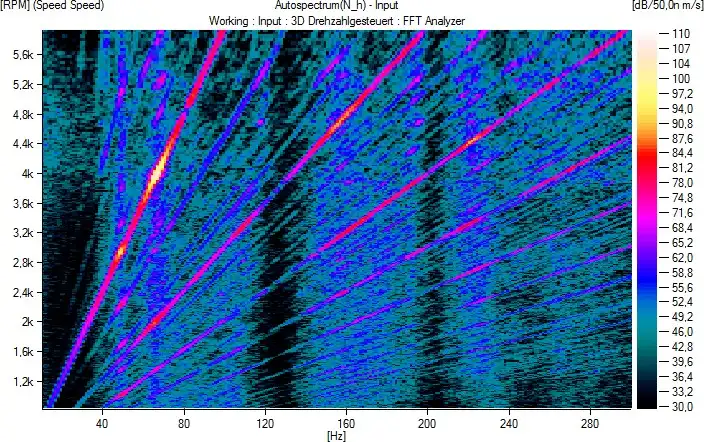
Contact person
Your direct contact with us!
Steffen Liebich
Phone: +49 351 208-3548
Mail: sliebich@vem-group.com

 LANGUAGE
LANGUAGE DEUTSCH
DEUTSCH ENGLISH
ENGLISH SUOMI
SUOMI 中文
中文
